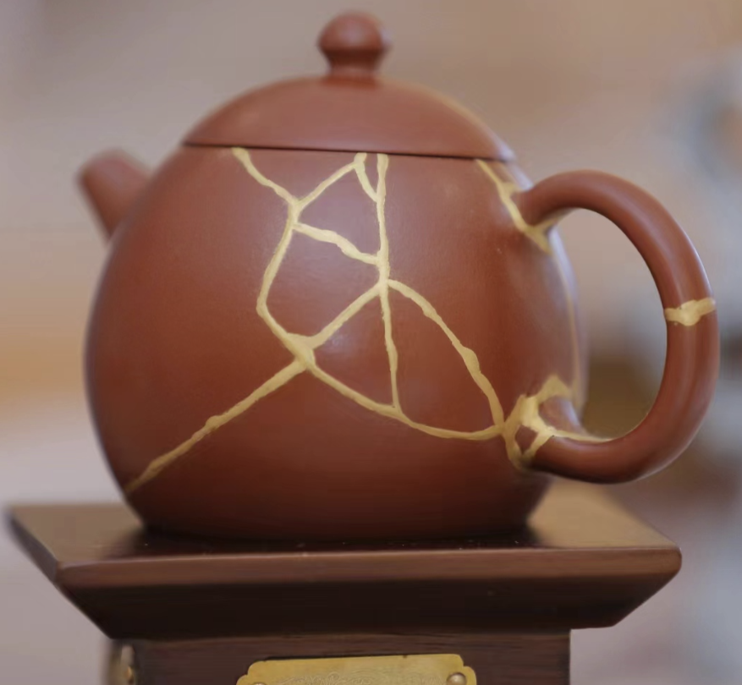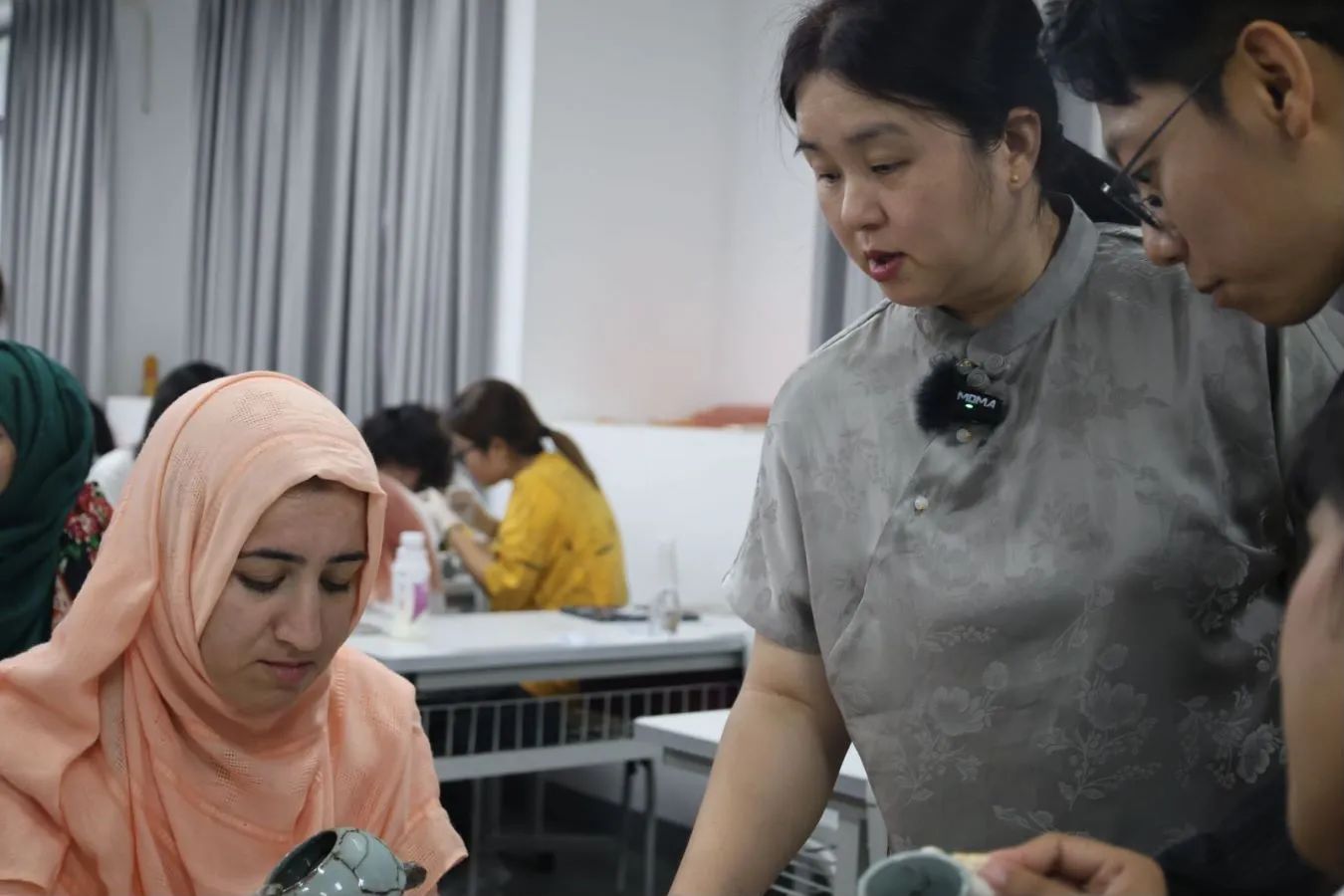Recently, the innovative short course "Communication and Practice of the Intangible Cultural Heritage 'Kintsugi' Technique" hosted by the School of Communication of Shenzhen University was successfully completed. This course specially invited Teacher Fang Ruihua, the fourth-generation inheritor of the cuju porcelain technique, to give lectures.

This course was jointly organized by the International Exchange College of Shenzhen University, the School of Communication of Shenzhen University, the International Student Development Center of Shenzhen University, and the Shenzhen Cuju Porcelain Association, aiming to allow 60 students from both at home and abroad to have an in-depth understanding of Kintsugi, this intangible cultural heritage technique.


In the four lessons, Teacher Fang and his team carefully guided and assisted the students, enabling them to deeply experience the Kintsugi technique, personally feel the wonderful process of porcelain from cracking to stitching, and deeply understand the connotations of "as inseparable as glue and lacquer" and "Kintsugi". Through this course, the students gained a lot.



Pierre, an international student from France, said that in the process of practicing Kintsugi with his own hands, he realized the patience and concentration required to restore the broken porcelain to its original state, and also felt that every crack could show a unique aesthetic feeling under the blessing of the Kintsugi technique, which made him have a new understanding of "the beauty of imperfection". Lee Hye-jin, an international student from South Korea, mentioned that by learning the Kintsugi technique, she learned about the Chinese traditional culture's cherish for utensils and the unique understanding of restoration. This cultural concept deeply touched her. At the same time, in the process of creating with her classmates, she also made many like-minded friends. Everyone exchanged views on art and beauty in different countries and gained precious friendship and cross-cultural communication experience.

It is believed that such courses will contribute to the spread and inheritance of the "Kintsugi" technique and promote international cultural exchanges, allowing more people to appreciate the unique charm of intangible cultural heritage.


